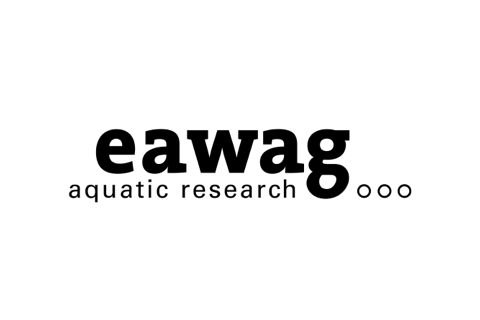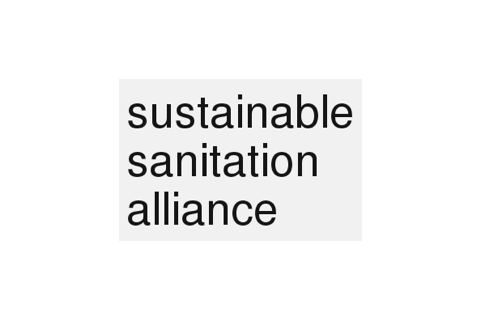Sanitation refers to the safe management of excreta and liquid wastes for the protection of public health and the environment. This involves the technical and non-technical aspects of four required sub-systems: excreta management, wastewater management, solid waste management, and stormwater management.
Sanitation Technologies
A sanitation technology is defined as any process, infrastructure, method or service that is designed to contain, transform or transport sanitation products. In SaniChoice, it is characterized by its name, the input and output products and how they relate to each other. Additionally, technologies are further described by using appropriateness criteria such as water, energy, or space requirements.
View all technologies.
Sanitation Products
Sanitation products are the material that enter or are generated by sanitation technologies. Some sanitation products are generated directly by humans (urine or faeces), others are required in the functioning of technologies (flush water to move excreta through sewers, etc.) and some are generated as a function of storage or treatment (sludge, effluent, etc.).
View all products.
Sanitation Systems
A sanitation system is defined as a set of sanitation technologies which, in the given configuration, manages sanitation products from their point of generation to the final point of reuse or disposal. A sanitation system is valid if it consists of compatible technologies only and every sanitation product either finds its way into a subsequent technology or a sink. Two sanitation technologies are compatible if the output product of one can be the input product of the other or vice versa.
A sanitation system can also be defined as the sanitation value chain comprising of five functional groups that include technologies with similar functions: The user interface (U), the onsite collection and/or storage (S), the conveyance (C), the decentralised or centralised treatment (T), and the reuse or disposal (D).
View all system templates.
Sustainable Sanitation
A sustainable sanitation system is one that not only provides appropriate technologies that protect human health and the environment but are also economically viable, socially acceptable, and institutionally applicable. This definition can be translated into five main objectives for sustainable sanitation: protection of health, protection of the environment and natural resources, economic viability, technological and institutional appropriateness, socio-cultural acceptance. The definition of sustainable sanitation largely overlaps with appropriate sanitation but includes a few more aspects such as the resource efficiency. The sustainability of entire sanitation systems depends on each of the technologies, how they fit to the local conditions and how they are combined (hardware aspects). In addition, other aspects such as the service delivery model and the enabling environment (favourable legal, political, and socio-economic conditions) are as much important.
Appropriate Sanitation
An appropriate sanitation technology is one that provides a socially and environmentally acceptable level of service at affordable cost. This can be translated into geo-physical, technical, socio-cultural, legal, financial as well as criteria concerning capacity and management. An appropriate or contextualized sanitation system is one that is composed of appropriate technologies.




